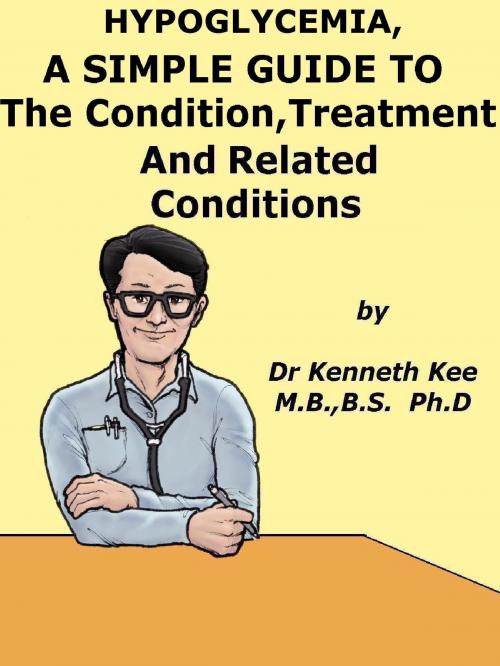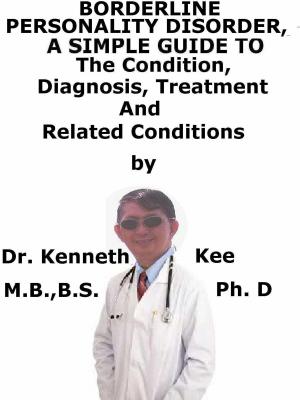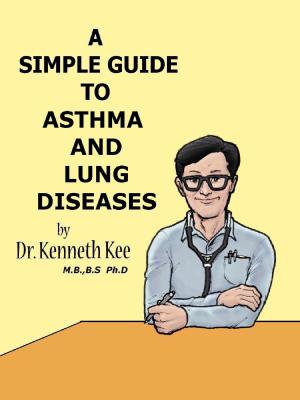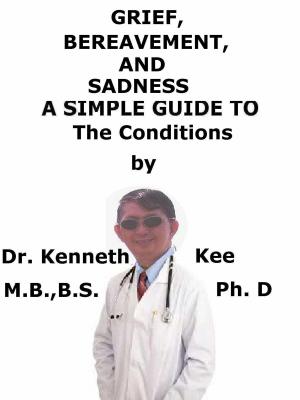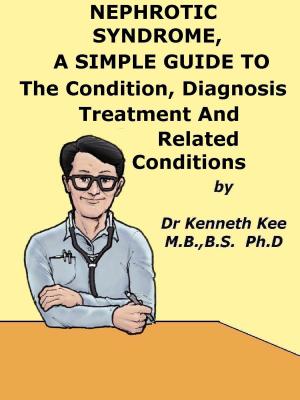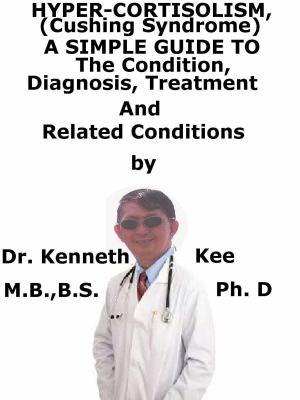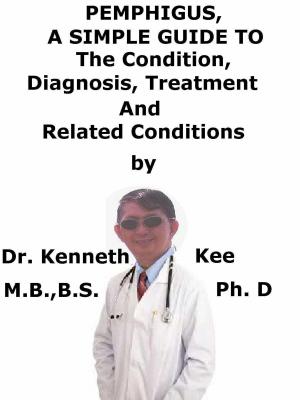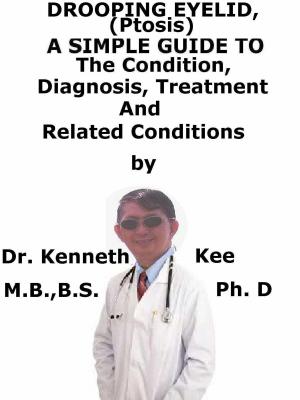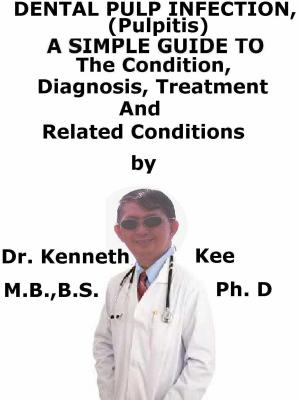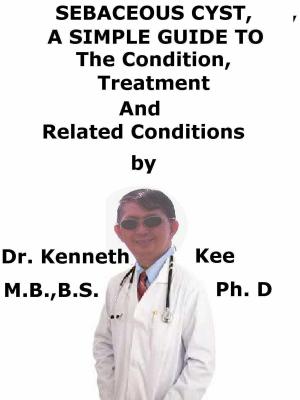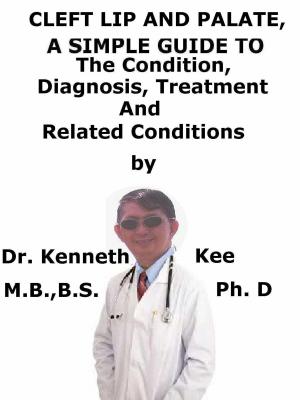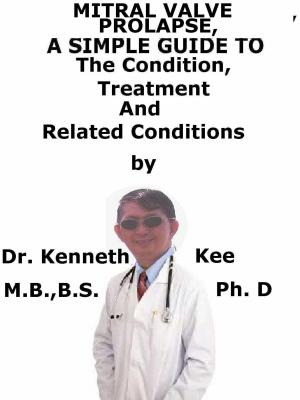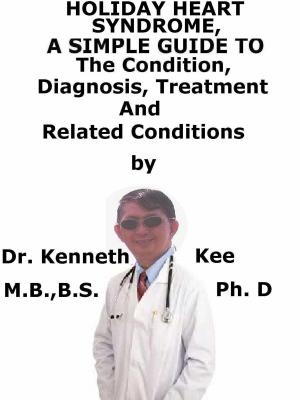Hypoglycemia, A Simple Guide To The Condition, Treatment And Related Conditions
Nonfiction, Health & Well Being, Medical, Specialties, Internal Medicine, Endocrinology & Metabolism, Health, Ailments & Diseases, Diabetes| Author: | Kenneth Kee | ISBN: | 9781310074950 |
| Publisher: | Kenneth Kee | Publication: | June 3, 2015 |
| Imprint: | Smashwords Edition | Language: | English |
| Author: | Kenneth Kee |
| ISBN: | 9781310074950 |
| Publisher: | Kenneth Kee |
| Publication: | June 3, 2015 |
| Imprint: | Smashwords Edition |
| Language: | English |
Hypoglycemia is a state of low glucose action
Which the brain needs for its function
Without glucose the brain has no nutrition
And immediately shut down its reactions
Sugar is the life blood of the brain
That is necessary for the memory to retain
The brain can do all its functions
Otherwise it will stop its actions
Hypoglycemia makes the body faint and sweating
The whole body is shaky and trembling
The heart is going so fast and racing
The body feels tired and difficulty in breathing
Treatment is so simple: just give me some glucose tablet
It can be in the form of sweets or chocolate
Glucose will stimulate my brain cells into waking
And start the process of working and thinking
-An original poem by Kenneth Kee
Facts about the Hypoglycemia
A Healthy Lifestyle
1. Take a well Balanced Diet
2. Treatment of Hypoglycemia
Essentially a quick-acting carbohydrate needs to be given followed by longer-acting carbohydrate
Initially Glucose 10-20 g is given by mouth, either in liquid form or as granulated sugar (2 teaspoons) or sugar lumps.
Repeat capillary blood glucose after 10-15 minutes if the patient is still hypoglycemic then the above can be repeated (probably up to 1-3 times).
If hypoglycemia causes unconsciousness or the patient is uncooperative:
75-80 ml 20% intravenous glucose or 150-160 ml of 10% glucose (the volume will be determined by the clinical scenario)
Once the patient regains consciousness, oral glucose should be administered as above.
Glucagon 1 mg should be given by intramuscular (IM), or subcutaneous (SC) injection.
The patient must be admitted to hospital if hypoglycaemia is caused by an oral antidiabetic drug, because the hypoglycemic effects of these drugs may persist for 12-24 hours.
Ongoing glucose infusion or other therapies such as octreotide may be required.
3. Keep bones and body strong
Bone marrow produces our blood
Eat foods rich in calcium like yogurt, cheese, milk, and dark green vegetables.
Eat foods rich in Vitamin D, like eggs, fatty fish, cereal, and fortified milk.
Eat food rich in Vitamins B and C such as green vegetables and fruits
Zinc and other minerals are important to the body
4. Get enough rest and Sleep
Avoid stress and tension
5. Exercise and stay active.
It is best to do weight-bearing exercise such as walking, jogging, stair climbing, dancing, or lifting weights for 2½ hours a week.
One way to do this is to be active 30 minutes a day at least 5 days a week.
Begin slowly especially if a person has not been active.
6. Do not drink more than 2 alcohol drinks a day for a man or 1 alcohol drink a day for a woman.
Alcohol use also increases the chance of falling and breaking a bone.
Alcohol can affect the neurons and brain cells.
7. Stop or do not begin smoking.
It also interferes with blood supply and healing.
Chapter 1
Hypoglycemia
A Patient on diabetic medication should always carry a sweet with him in case his blood sugar drops too low and suck the sweet if he feels giddy.
Patients on sulphonylurea oral medications or insulin injections are particularly prone to hypoglycemia.
I once made a house call to an elderly man’s house because he was in a comatose state.
When I check his medicine, it appeared that he was given a diabetic medicine.
When I check his blood sugar it was way below normal.
I gave an intravenous glucose solution and that cause him to wake out immediately.
Later he was given a glucose tolerance test and found that he has no diabetes.
It was a misdiagnosis by another doctor.
It is dangerous to give diabetes medicine to a person unless he has been confirmed by blood test to be diabetic.
What is Hypoglycemia?
Hypoglycemia is defined as blood glucose
Hypoglycemia is a state of low glucose action
Which the brain needs for its function
Without glucose the brain has no nutrition
And immediately shut down its reactions
Sugar is the life blood of the brain
That is necessary for the memory to retain
The brain can do all its functions
Otherwise it will stop its actions
Hypoglycemia makes the body faint and sweating
The whole body is shaky and trembling
The heart is going so fast and racing
The body feels tired and difficulty in breathing
Treatment is so simple: just give me some glucose tablet
It can be in the form of sweets or chocolate
Glucose will stimulate my brain cells into waking
And start the process of working and thinking
-An original poem by Kenneth Kee
Facts about the Hypoglycemia
A Healthy Lifestyle
1. Take a well Balanced Diet
2. Treatment of Hypoglycemia
Essentially a quick-acting carbohydrate needs to be given followed by longer-acting carbohydrate
Initially Glucose 10-20 g is given by mouth, either in liquid form or as granulated sugar (2 teaspoons) or sugar lumps.
Repeat capillary blood glucose after 10-15 minutes if the patient is still hypoglycemic then the above can be repeated (probably up to 1-3 times).
If hypoglycemia causes unconsciousness or the patient is uncooperative:
75-80 ml 20% intravenous glucose or 150-160 ml of 10% glucose (the volume will be determined by the clinical scenario)
Once the patient regains consciousness, oral glucose should be administered as above.
Glucagon 1 mg should be given by intramuscular (IM), or subcutaneous (SC) injection.
The patient must be admitted to hospital if hypoglycaemia is caused by an oral antidiabetic drug, because the hypoglycemic effects of these drugs may persist for 12-24 hours.
Ongoing glucose infusion or other therapies such as octreotide may be required.
3. Keep bones and body strong
Bone marrow produces our blood
Eat foods rich in calcium like yogurt, cheese, milk, and dark green vegetables.
Eat foods rich in Vitamin D, like eggs, fatty fish, cereal, and fortified milk.
Eat food rich in Vitamins B and C such as green vegetables and fruits
Zinc and other minerals are important to the body
4. Get enough rest and Sleep
Avoid stress and tension
5. Exercise and stay active.
It is best to do weight-bearing exercise such as walking, jogging, stair climbing, dancing, or lifting weights for 2½ hours a week.
One way to do this is to be active 30 minutes a day at least 5 days a week.
Begin slowly especially if a person has not been active.
6. Do not drink more than 2 alcohol drinks a day for a man or 1 alcohol drink a day for a woman.
Alcohol use also increases the chance of falling and breaking a bone.
Alcohol can affect the neurons and brain cells.
7. Stop or do not begin smoking.
It also interferes with blood supply and healing.
Chapter 1
Hypoglycemia
A Patient on diabetic medication should always carry a sweet with him in case his blood sugar drops too low and suck the sweet if he feels giddy.
Patients on sulphonylurea oral medications or insulin injections are particularly prone to hypoglycemia.
I once made a house call to an elderly man’s house because he was in a comatose state.
When I check his medicine, it appeared that he was given a diabetic medicine.
When I check his blood sugar it was way below normal.
I gave an intravenous glucose solution and that cause him to wake out immediately.
Later he was given a glucose tolerance test and found that he has no diabetes.
It was a misdiagnosis by another doctor.
It is dangerous to give diabetes medicine to a person unless he has been confirmed by blood test to be diabetic.
What is Hypoglycemia?
Hypoglycemia is defined as blood glucose
